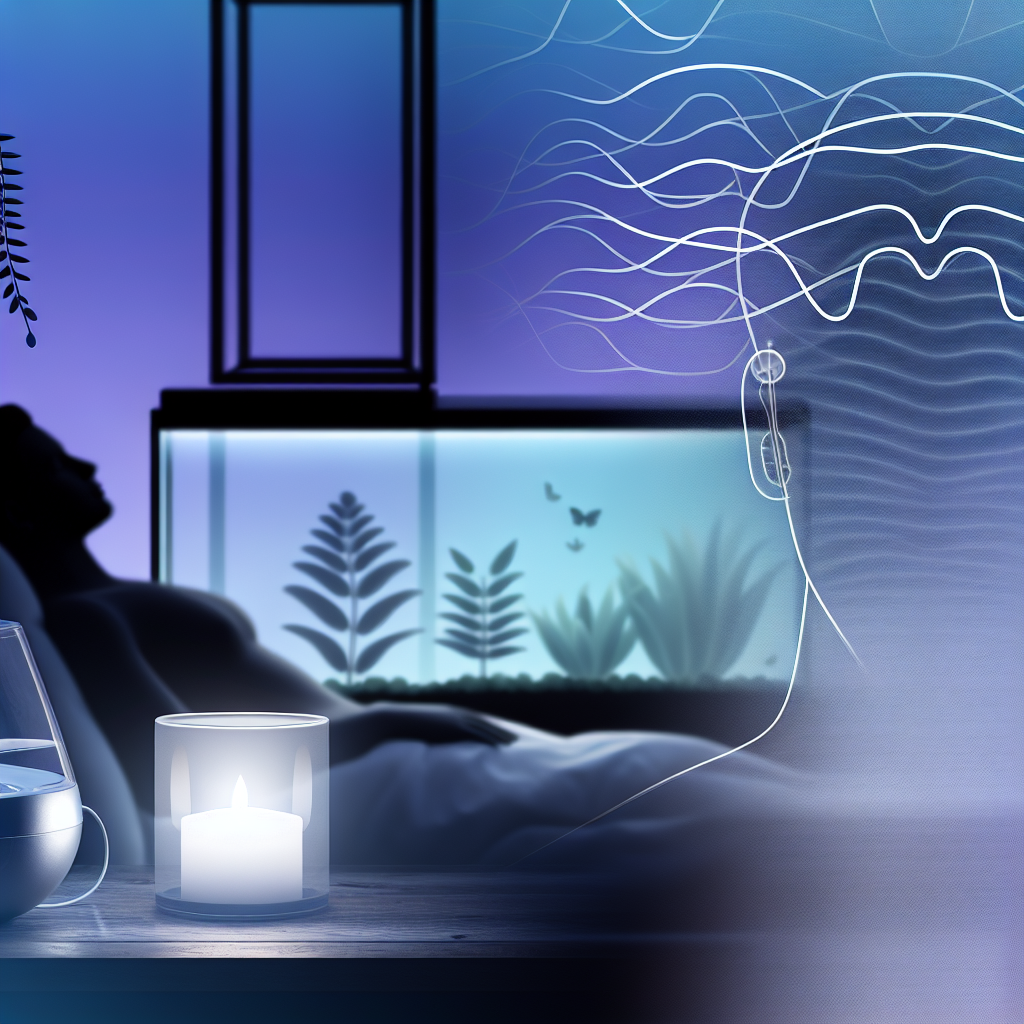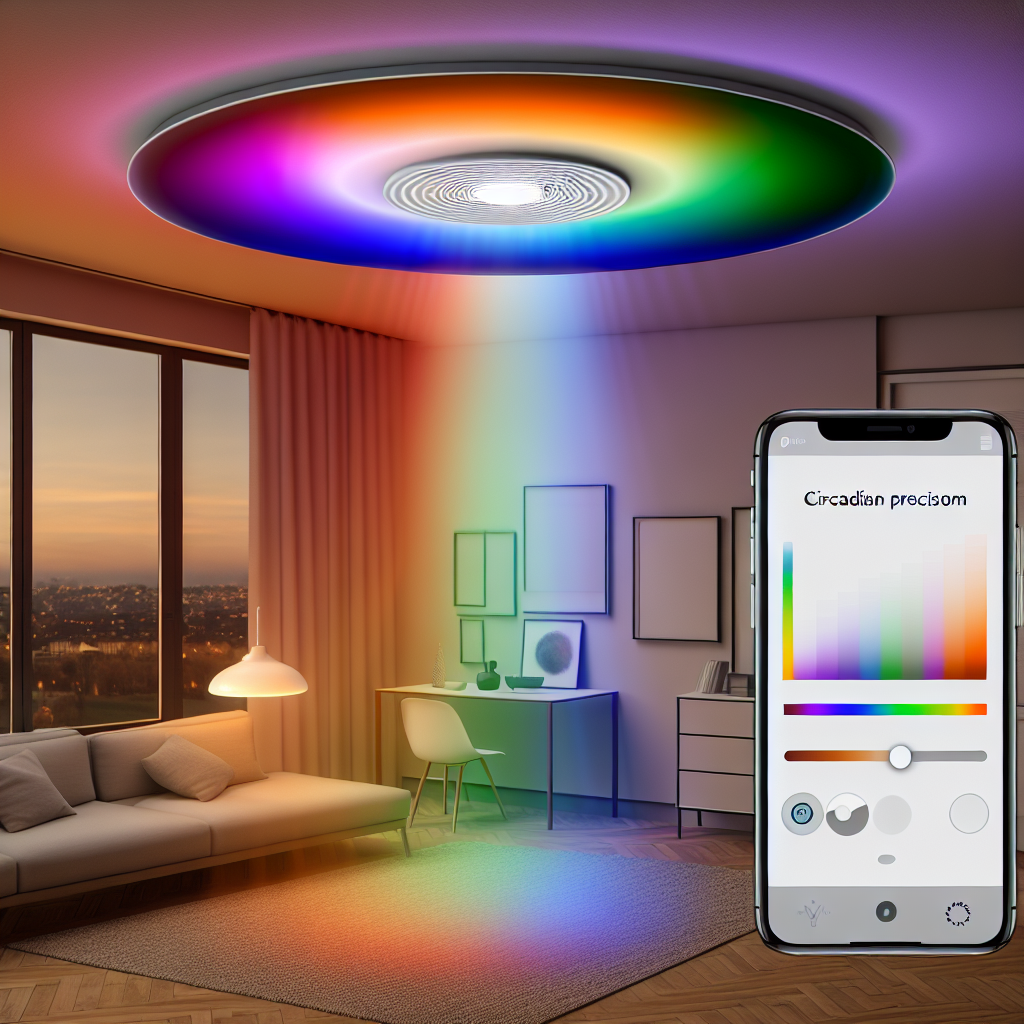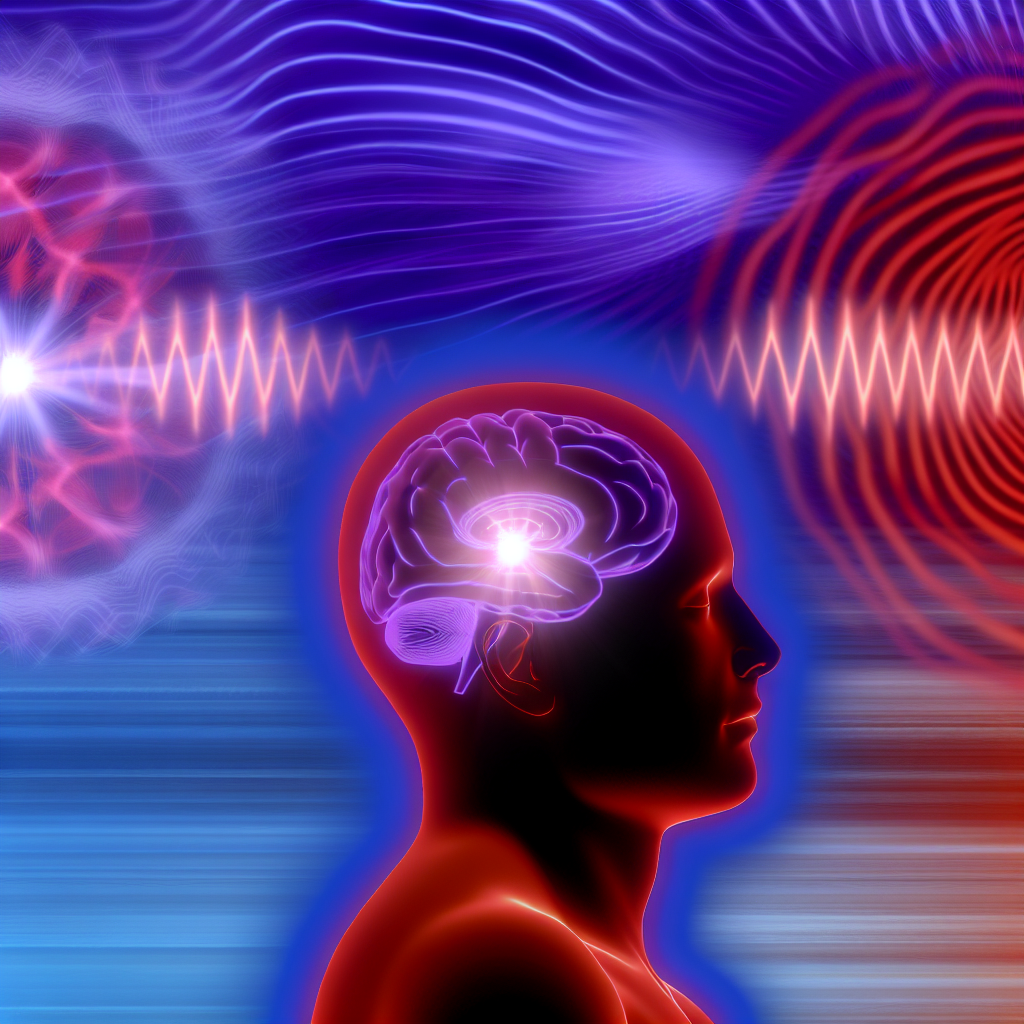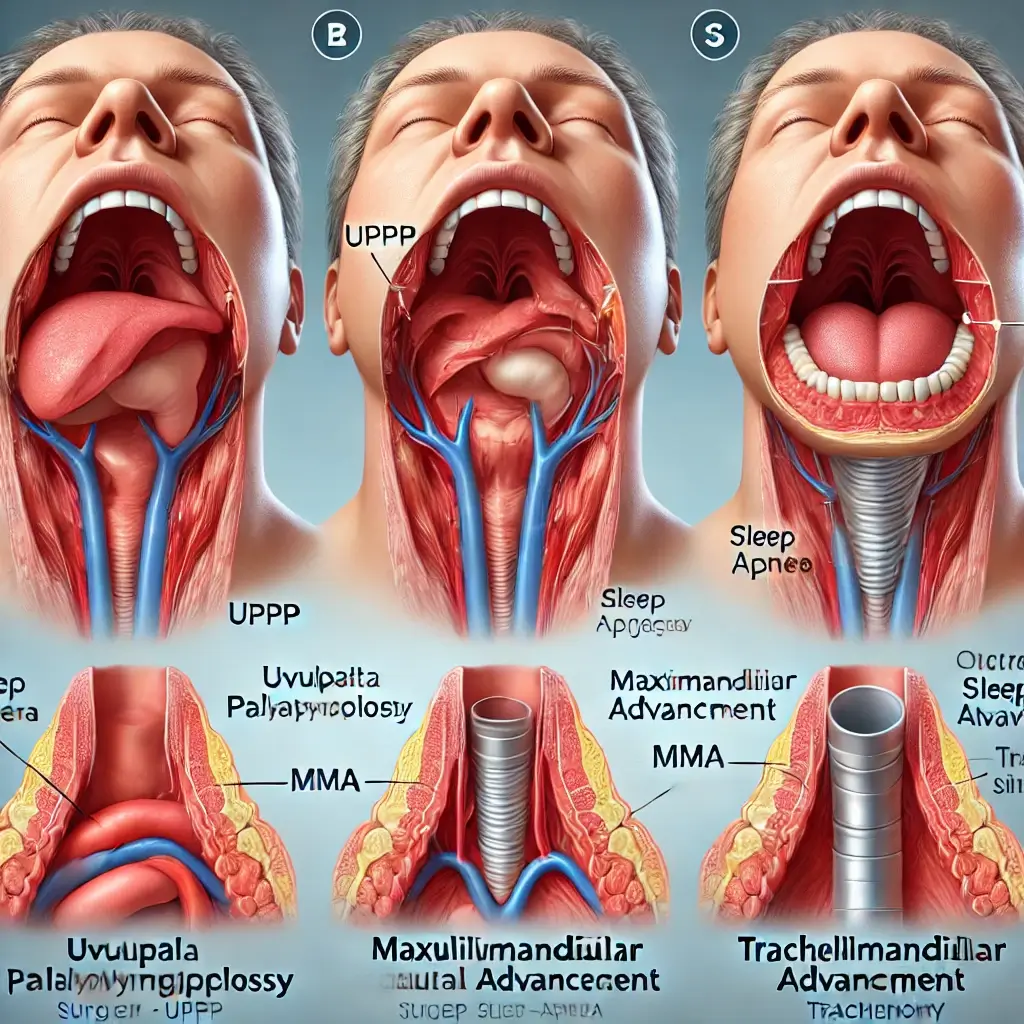Cranial Electrotherapy Stimulation: Premium Devices for Anxiety-Related Sleep Disturbance
Sleep is vital for optimal physical and mental functioning, yet millions of people globally struggle to fall asleep or stay asleep—often due to anxiety. Anxiety activates the body’s fight-or-flight response, releasing stress hormones and elevating heart rate, which interferes with the ability to relax, fall asleep, and achieve restorative rest. As sleep becomes increasingly disrupted, anxiety intensifies, creating a frustrating and relentless cycle that impacts daytime performance, mood, and long-term health.
While traditional treatment methods—including cognitive-behavioral therapy (CBT), prescription medication, and lifestyle modifications—provide relief for some, others seek non-invasive alternatives that restore natural sleep rhythms without pharmaceutical side effects.
How CES Works: A Scientific Overview of Cranial Electrotherapy Stimulation
Cranial Electrotherapy Stimulation (CES) delivers gentle, micro-current electrical pulses to the brain using electrodes placed on the ear lobes or scalp. These pulses target the limbic system and Hypothalamic-Pituitary-Adrenal (HPA) axis, both heavily involved in regulating mood, stress, and sleep.
This stimulation helps restore neurotransmitter balance—particularly serotonin, dopamine, and cortisol—while promoting alpha wave activity in the brain. Increased alpha wave activity is strongly associated with calmness, meditative states, and better sleep onset.
Unlike medication that can mask symptoms or require increasing dosages, CES addresses underlying electrochemical imbalances. As a result, CES enables deeper relaxation and better sleep patterns with continued use.
Clinical Proof: Research Supporting CES for Anxiety and Sleep Disorders
Cranial Electrotherapy Stimulation has been investigated since the 1960s, but significant recent research has revitalized interest in this promising technology.
A 2015 Randomized Controlled Trial published in the Journal of Affective Disorders studied individuals with Generalized Anxiety Disorder using the Alpha-Stim device. Results showed significant reductions in anxiety symptoms and improved sleep quality compared to the placebo group. [Read the study](https://www.sciencedirect.com/science/article/abs/pii/S0165032714007584)
In 2011, the Fisher Wallace Stimulator was evaluated by researchers at the Mount Sinai School of Medicine. Findings included increased serotonin, decreased cortisol, and overall improved sleep quality. [Study summary](https://www.fisherwallace.com/pages/clinical-research)
A 2014 pilot study in the Journal of Child and Adolescent Psychopharmacology suggests CES may also benefit adolescents with ADHD and mood disorders, reducing both anxiety and insomnia—even with small sample sizes. [Study abstract](https://www.liebertpub.com/doi/10.1089/cap.2014.0101)
A 2018 meta-analysis in Current Psychiatry Reports affirmed “moderate to strong” evidence for CES efficacy in treating anxiety, depression, and insomnia with minimal side effects.
These findings continue to substantiate CES as a viable, drug-free approach to long-term anxiety and sleep relief.
Top-Tier CES Devices: Effective and FDA-Cleared Options
For individuals interested in exploring CES therapy, several premium, FDA-cleared devices are available:
– Alpha-Stim®: Widely used in clinics and research environments. Offers robust anxiety and sleep support with unique waveform technology.
– Fisher Wallace Stimulator®: Designed for daily use to combat insomnia, depression, and anxiety. Provides consistent results and user-friendly design.
– CES Ultra®: A more portable option ideal for home users seeking simplicity without compromising efficacy.
These devices typically require daily sessions of 20–60 minutes and can easily integrate with existing wellness routines, including CBT, meditation, or sleep hygiene practices. Always consult a healthcare provider before starting CES—especially if you have heart conditions, epilepsy, or implanted electrical devices (e.g., pacemakers).
Who Can Use CES? Safe Use Across All Age Groups
One of the key advantages of CES therapy is its broad applicability, from children to seniors. CES is:
✔ Drug-free and non-habit-forming
✔ Painless and easy to administer
✔ Clinically monitored for safety and effectiveness
✔ Free of the withdrawal symptoms often associated with sleep or anti-anxiety medications
Children, adolescents, and the elderly may particularly benefit from CES’s gentle approach when guided by a qualified health professional. It’s also ideal for individuals sensitive to medications or those exploring integrative treatment plans.
Conclusion: CES Is Changing the Future of Sleep Therapy
Anxiety-related sleep disturbances are not only frustrating but damaging to long-term wellness. While traditional therapies remain valuable, Cranial Electrotherapy Stimulation represents a cutting-edge alternative—backed by science, safe for long-term use, and effective across various age groups and conditions.
As more clinicians and consumers demand drug-free, integrative approaches, CES is rapidly becoming a cornerstone technology for managing anxiety, insomnia, and mood disorders. Whether as a stand-alone solution or part of a broader sleep hygiene plan, devices like Alpha-Stim and Fisher Wallace offer the promise of peaceful nights and a healthier tomorrow.
—
Concise Summary:
Cranial Electrotherapy Stimulation (CES) is a non-invasive, drug-free therapy that uses gentle electrical pulses to modulate brain activity and restore neurotransmitter balance. This cutting-edge technology has been clinically proven to alleviate anxiety, improve sleep quality, and manage a range of mood disorders without pharmaceutical side effects. Premium CES devices like Alpha-Stim and Fisher Wallace offer a safe, effective solution for individuals seeking long-term relief from anxiety-induced sleep disturbances.

Dominic E. is a passionate filmmaker navigating the exciting intersection of art and science. By day, he delves into the complexities of the human body as a full-time medical writer, meticulously translating intricate medical concepts into accessible and engaging narratives. By night, he explores the boundless realm of cinematic storytelling, crafting narratives that evoke emotion and challenge perspectives.
Film Student and Full-time Medical Writer for ContentVendor.com




